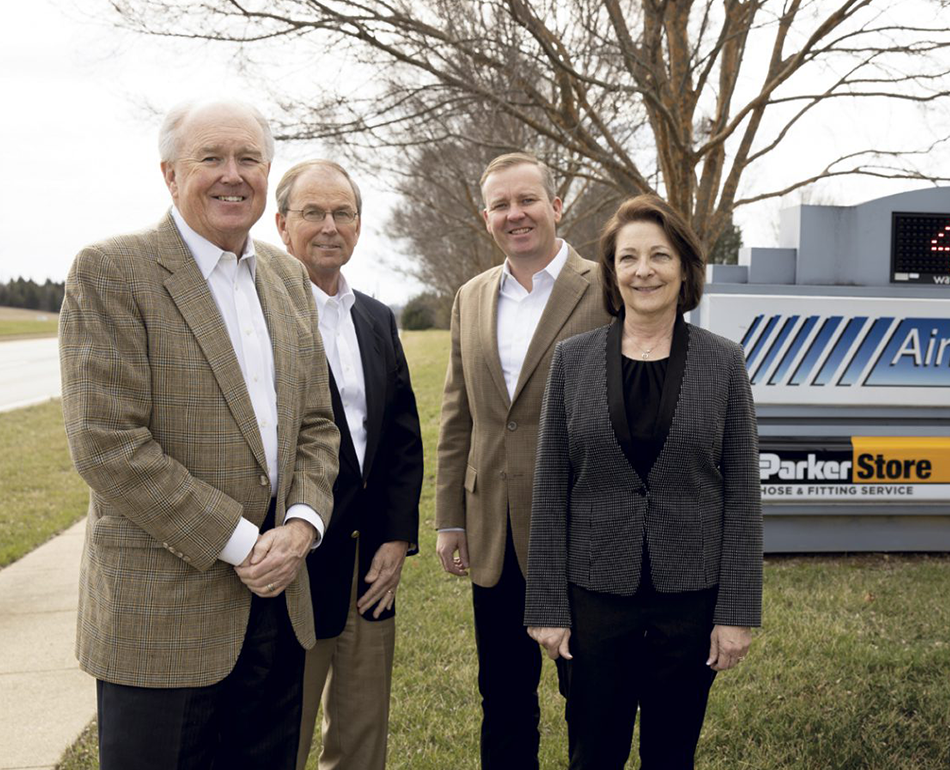Tim Hyland started his working life as a high school teacher and coach after graduating from St. Louis University where, in addition to studying, he also played basketball. His next job was as an administrator for a downtown insurance agency where he was told that he could also do some selling “if I wanted to,” Tim remembers. “Well, I was the oldest of seven and knew a lot of people in the area who weren’t family, so I took them up on that offer. I was there for two years when my brother Pat lost his job at International Harvester.
“I’d found out that I could sell during those two years and knew that Pat had a good way with people. I liked him, and not all brothers can say that about each other. We sat down and had a heart-to-heart about his unemployed status and decided to look at that as an opportunity. We’d start our own insurance agency from scratch.
“We co-founded Hyland Insurance in 1983, bought an old Victorian mansion as our headquarters, jumped through hoops to renovate it according to historical requirements, and proceeded to make every mistake possible on our way to establishing a successful agency. What we didn’t do, however, was repeat mistakes. Instead we learned from them, but it did seem like I had to do everything wrong before I could do it right.
“We fought all the battles that faced independent agents then, mostly finding producers and learning about automation. Fortunately, we were with what is now Vertafore and they provided assistance from the start, growing with us as we grew.” The agency still uses a Vertafore system.
Hyland started out primarily in personal lines. “Both Pat and I knew a lot of people and were trusted by them. We also were fortunate to have entered the business when insurance company requirements weren’t quite as onerous as they are today and we were able to get appointments. But I have to be honest: we were not exactly raking in the dough,” Tim admits. “Like I said before, we were learning by doing and screwing up every once in a while before getting it right. I looked around for a model that would show us what we needed to achieve to be profitable and found the Big I’s Best Practices Agencies.
“The Big ‘I’ published the important ratios that these agencies had achieved, and I saw that we were almost always only a few points off the target, and that was the difference between a strong profit and just breaking even or staying marginally ahead. Those ratios became our goals and as we hit them, we started to enjoy greater profitability, which meant we could hire people who could help us grow even more. Our controller continues to compare our ratios with the Best Practices ratios every year to make certain that we meet or exceed them. We were finally seeing some real progress, and were able to start strategic planning based on long-term goals for our agency and our clients.”
Read the full article, published on March 30, 2020 on roughnotes.com.
